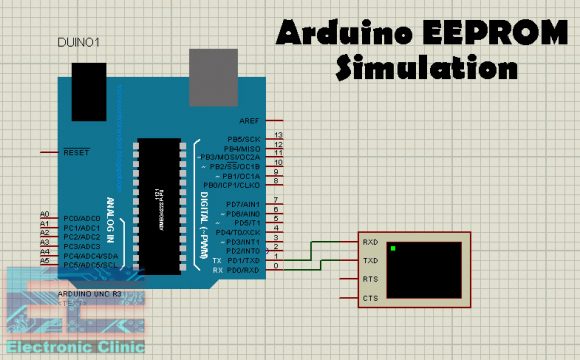
#ARDUINO MANAGER WIFICC3000 EXAMPLE SERIAL#
The serial monitor will ask for two inputs: Upon opening the serial monitor after uploading ‘ rfid_write_personal_data’ the user should place their RFID tag in front of the MFRC522 active area. We can start with the example in the Arduino MFRC522 library called ‘ rfid_write_personal_data’ which will ask the user to input a first and last name for storing in the Electrically Erasable Programmable Read-Only Memory (EERPROM), also known as the 16-sectors of data. This can leads to the storing of names, dates, location information, product information - the possibilities are expansive. Thus, we can store up to 48 bytes of data in each sector. Each sector (except sector 0) has three available blocks for storing data (4-blocks per sector, minus 1 for keying).

Next, we’ll attempt to write specific data to each tag to see what information we can store. This was expected, due to the specification of read-only, however, we figured an attempt wouldn’t hurt! We tried several times to write new UIDs to our black tags, but we were unable. In the next section, we will explore a few routines for altering these default values and seeing just how far we can push the customization of these RFID tags using the MFRC522 module. Using the table provided by NXP and the definitions above, we can identify a few key parameters for our specific tag (from the Arduino printout above): In our card printed above, we can see that the first four bytes of block 0 contains the UID of the card. One final note on the info dump - we can identify crucial information about each card based on the zeroth block of the zeroth sector, known as the manufacturer data. Additionally, the NXP document goes into the details of the relationship between keys and access bits, however, we will not spend time on that as it can get quite complex. From our serial printout, the Key B for our tag sectors are FF FF FF FF FF FF, which is somewhat of a manufacturer default for classic MIFARE tags. There are a few more pieces of information contained in the chart above that we can use to comprehend the output from the Arduino serial monitor. Using an Arduino board, a common RFID reader (MFRC522), and a few RFID tags/cards, we will be exploring methods for reading and writing RFID information in an attempt to understand how RFID communication works and identify the limits of the technology with Arduino. In this tutorial series, passive, high frequency (13.56 MHz) RFID tags are the focus, as they are very compact, inexpensive, and require no external battery power. The radio frequencies used in RFID can range from low frequency (124 kHz+) to ultra high frequency (900 MHz - 2.4 GHz), depending on the application. Passive RFID tags are most commonly used for building and security access, shipment tracking, and inventory monitoring while active tags are used for road tolls and asset tracking in larger spaces across longer distances.

RFID tags can be active or passive, meaning they either require external power (active) or are powered by the reader upon scanning (passive). The RFID tags have unique identifiers (UIDs) that allow for identification by the reader via the database.

Most often, RFID systems consist of one or multiple RF tags, an RF reader, and a database. Radio Frequency Identification, or RFID, is a widely used technology developed for storing and retrieving information in radio frequency-enabled devices.


 0 kommentar(er)
0 kommentar(er)
